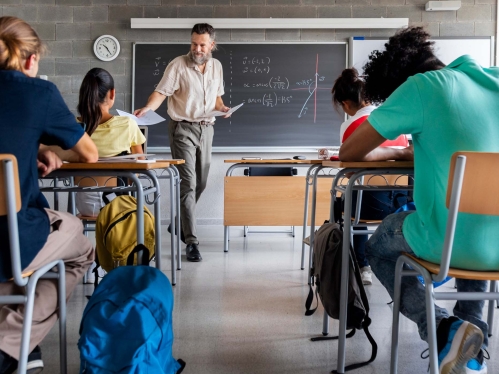Students
There are about 100,000 students the state calls "opportunity youth," those ages 16 to 24 who don't attend a school or have a job.

Education
Education gives people the tools to lead fulfilling lives, thrive personally, and contribute to their communities. Education makes it more likely a person can access quality healthcare, find employment that pays a living wage, and live in a safe, non-polluted environment — all factors that affect well-being.
Education has been shown to increase healthy behaviors and improve health outcomes across the lifespan. Education improves literacy skills, develops habits, and may improve cognitive ability.
The Problem
Some students in historically marginalized communities face challenges completing the requirements to graduate including navigating mental health challenges, and bias against students of color who come from low-income households. Historical systemic inequities are at the root of issues among others.

New Jersey Segregation
New Jersey dropout rates by the numbers
Students
There are about 100,000 students the state calls "opportunity youth," those ages 16 to 24 who don't attend a school or have a job.
Shadow Population
This shadow population routinely sits at the cross-section of society's system failures.
How much does this cost?
New Jersey pours nearly $300,000 per youth each year into the juvenile justice system, outspending public education per student 14-1.
What do we do?
Bridging the equity gap across the state requires disrupting the status quo, led by collaborative thought leaders, mission-driven partners, and tested strategies with clear outcomes.
“My experience as a student is that I faced a lot of mental health issues that went unattended for years and that I couldn't get attended to because of bad insurance," said Blake, a Newark high school senior and student advocate with the New Jersey Opportunity Youth Coalition. "I didn't know that my school even had any counselors to begin with. And once the pandemic hit, things did get worse before they got better.”